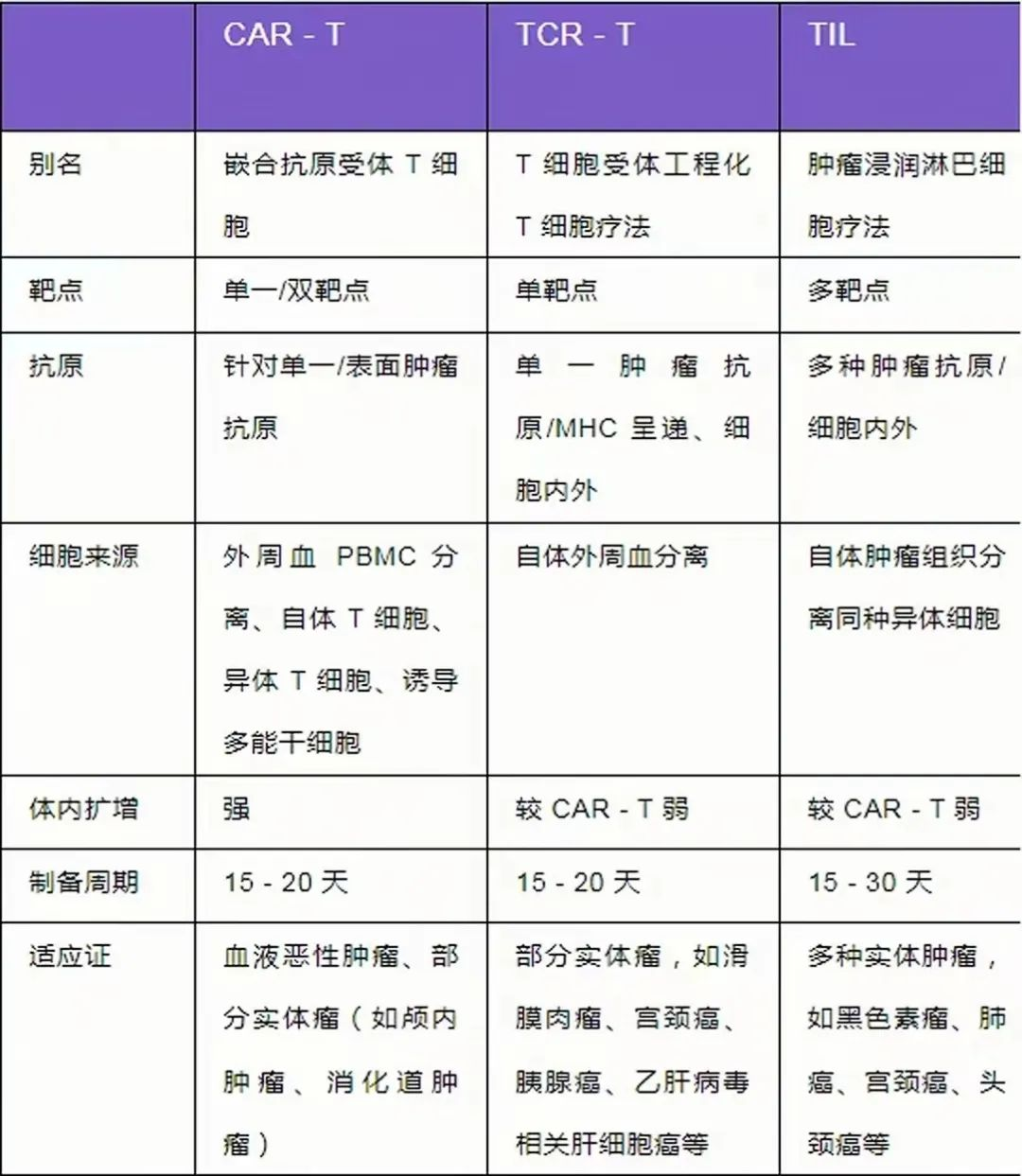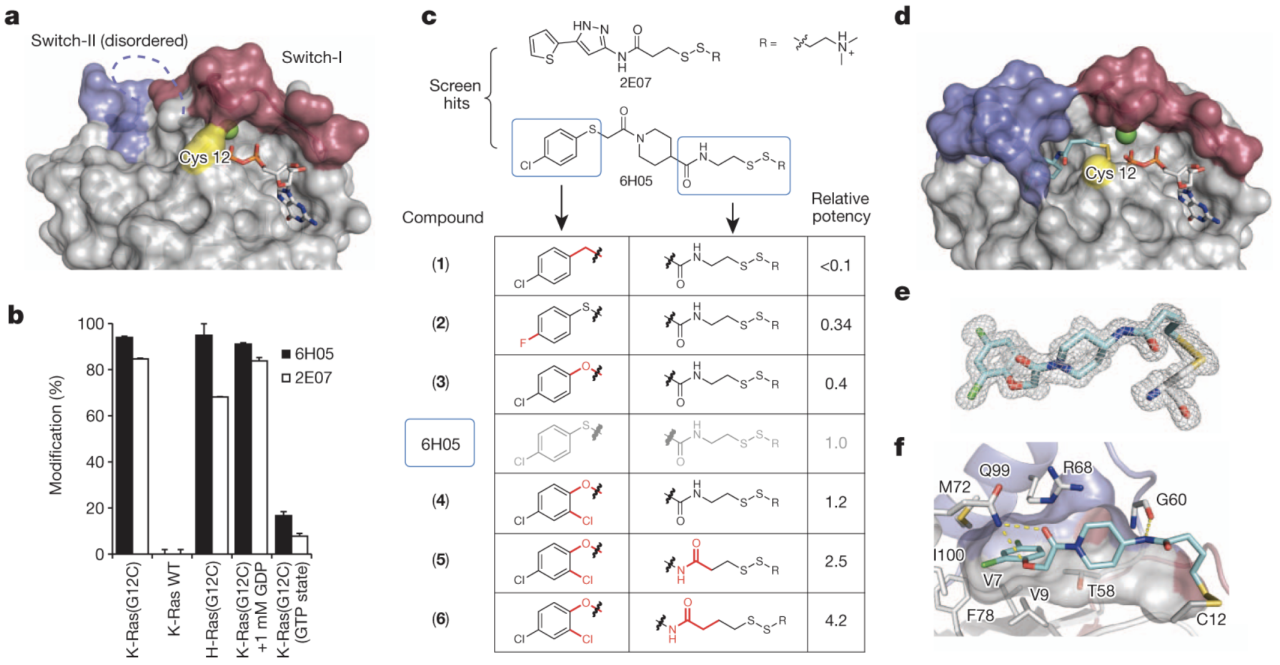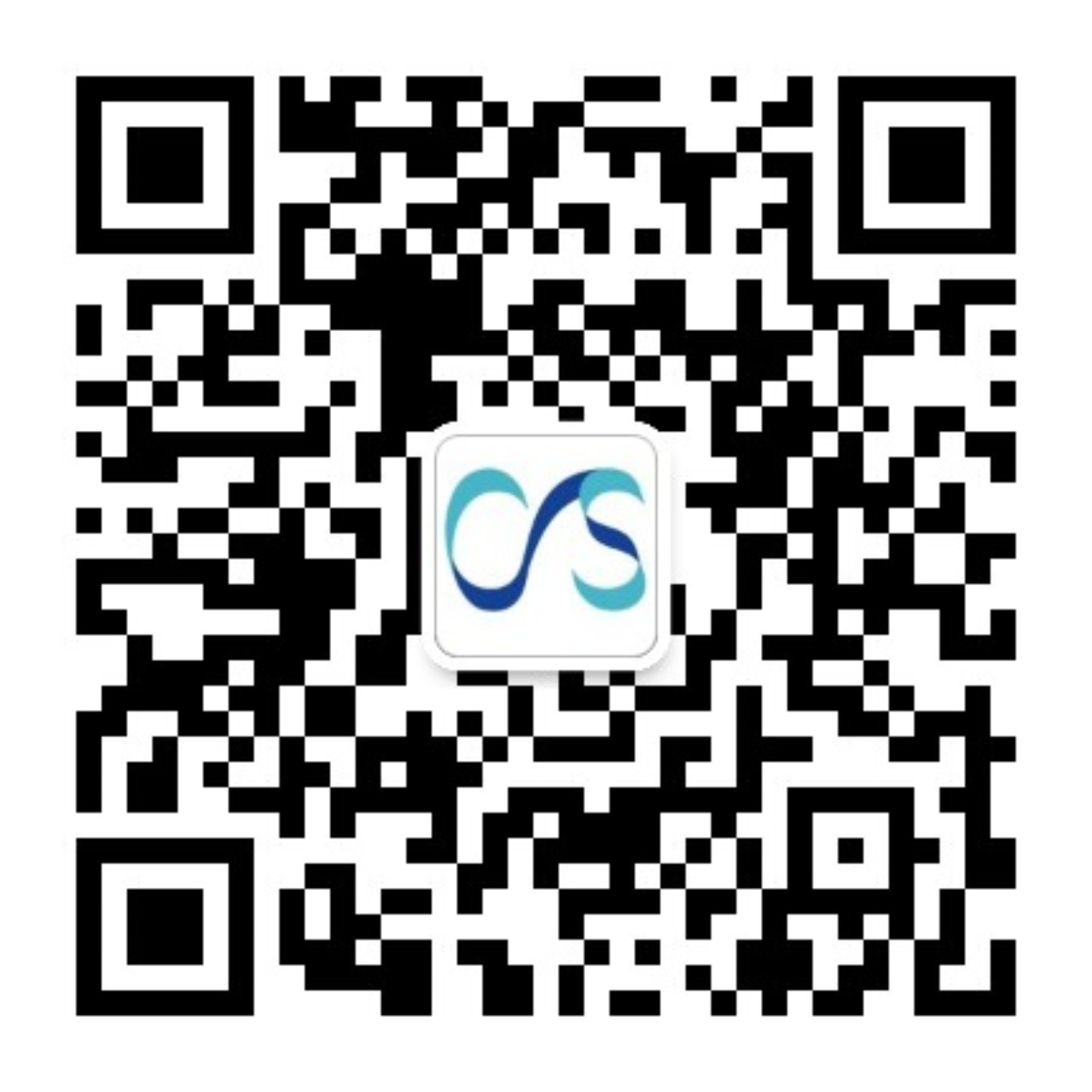文章来源公众号:药事谷 作者:药事谷
Trends in the development of cellular and gene therapy in China
中国CGT药物研发趋势

政府激励+CDE 五年连发技术指南。
2017-2025 Q2共771件IND,CAR-T、干细胞、基因治疗占八成。
NMPA共批准9款CGT产品,CAR-T产品占主导(67%),靶点集中于CD19(4款)和BCMA(3款)。
5款CAR-T基于单臂试验获批,以3个月持续缓解率为核心终点,样本量较小(24-81例)。
7款附条件上市,均要求限期内(最长4年)完成确证试验+终身随访。
CDE提出ATMP专属性分类,推行“一企一策、研审联动”的个案审评。
Supported by governmental incentives and a reform-oriented regulatory framework, China has become an increasingly prominent player in the global cellular and gene therapy (CGT) field.
在政府激励和支持改革导向的监管框架双重推动下,中国已日益成为全球细胞与基因治疗(CGT)领域的重要参与者。
CGT产品的临床试验申请(IND)

Supplementary Figure 1 | Trends in IND applications for CGT products in China (2017–2025 Q2). 补充图1 | 中国CGT产品新药临床试验申请(IND)趋势(2017–2025年第二季度)This figure presents the distribution of IND applications for CGT products received by the CDE from 2017 to 2025 Q2. The applications are categorized into five major therapy groups: somatic cell therapy (including CAR-T, CAR-NK, TCR-T, other genetically modified immune cell, non-genetically modified immune cell and non-immune cell); stem cell therapy (including iPSCs, other stem cell sources and drug-device combination products); oncolytic microorganism (including oncolytic viruses and oncolytic bacteria); gene therapy; therapeutic vaccine.
本图展示2017年至2025年第二季度期间,国家药监局药品审评中心(CDE)受理的CGT产品IND申请分布情况。申请按五大治疗类别分类:体细胞治疗(含CAR-T、CAR-NK、TCR-T、其他基因修饰免疫细胞、非基因修饰免疫细胞及非免疫细胞疗法);干细胞治疗(含诱导多能干细胞[iPSCs]、其他干细胞来源及药物-器械组合产品);溶瘤微生物(含溶瘤病毒与溶瘤细菌);基因治疗;治疗性疫苗。
The analysis here mapped 765 INDs and 6 supplemental applications, for a total of 771 applications. The 6 supplemental applications were for progression of clinical trials to subsequent phases (e.g., from phase II to phase III). Under previous regulatory requirements, separate submissions were required for such progressions.
本次分析共纳入765项IND申请及6项补充申请,总计771项。其中6项补充申请为推进临床试验进入后续阶段(如II期至III期)所提交 — 按既往监管要求,此类进展需单独提交申请。

Supplementary Figure 2 | Trends in IND review conclusions and clinical trial initiation (2017–2025 Q2). 补充图2 | IND审评结论与临床试验启动趋势(2017–2025年第二季度)IND terminations may include voluntary withdrawals by applicants or withdrawals suggested by the CDE due to a refusal to approve. The analysis here mapped 765 INDs and 6 supplemental applications, for a total of 771 applications.
本图分析了2017年至2025年第二季度期间,国家药监局药品审评中心(CDE)对765项新药临床试验申请(IND)及6项补充申请的审评结论(总计771项)。其中,IND终止可能包含以下两种情况:(1)申请人主动撤回(如因研发策略调整或数据不足);(2)CDE建议撤回(因审评未通过而拒绝批准)。
By the second quarter of 2025, the CDE had reviewed a total of 765 CGT investigational new drug (IND) applications, with CAR-T, stem cell and gene therapy products comprising the majority (Supplementary Fig. 1). Of these, 553 INDs were approved for clinical trials.
截至2025年第二季度,CDE共受理了765件CGT产品的临床试验申请(IND)。其中,CAR-T、干细胞和基因治疗产品占主要部分(补充图1)。在这765件申请中,553件已获准开展临床试验。(编者注:获批率为72.3%,并不高!)
Common reasons for non-approval of INDs included an insufficient scientific rationale, such as an unclear mechanism of action or the absence of demonstrated clinical need in the target population; the use of illegal or unethical starting materials; inadequate pharmaceutical or nonclinical data to support the conduct of clinical trials; safety concerns identified in investigator-initiated trials; and proposed indications or dosing regimens that were off-label relative to approved product labeling in combination therapy applications.
未获批准的主要原因包括:
科学依据不足,例如作用机制不明确或尚未证明目标人群存在未满足的临床需求;
起始材料来源非法或不符合伦理;
药学或非临床数据不足以支持开展临床试验;
研究者发起的临床试验中已发现安全性问题;
以及联合用药方案中,拟定适应症或给药剂量超出已获批说明书的范围。
Supplementary Fig. 2 shows a declining trend in IND terminations, reflecting enhanced data quality and strengthened CDE guidance and pre-IND engagement, all of which have contributed to a more supportive environment for CGT development.
补充图2显示,IND被终止的数量呈下降趋势,反映出数据质量持续提升、CDE指导原则不断完善以及pre-IND沟通交流日益充分,共同为CGT开发营造了更加有利的环境。(编者注:美国Pre-IND仅有一次机会,而在国内,Pre-IND没有次数限制,这给完善研究和申报资料提供了充分的“准备时间”,对提高IND申报成功率的作用自然是显而易见的。而另一个不争的事实是,美国申报IND的效率明显高于国内,同时存在在美国成功拿到IND,而国内没有获批的情况。)
Clinical trial landscape and characteristics of investigational CGT products.
CGT产品临床试验概览及特征
The development stage for CGT products in clinical trials in China is shown in Fig. 1.Among the various CGT modalities, CAR-T products are the most advanced overall, with a total of 72 products in exploratory trials, 15 in confirmatory trials, 7 under new drug application (NDA) review and 9 approved for marketing (Supplementary Table2). An additional 45 INDs have been approved for products for which clinical trials have not yet been initiated.
图1展示了中国境内CGT产品临床试验所处的阶段。从各类CGT技术路径来看,CAR-T产品整体进展最快:共有72个产品处于探索性临床试验阶段,15个处于确证性临床试验阶段,7个正在新药上市申请(NDA)审评中,9个已获批上市(补充表2,公众号回复“CGT”可获取论文和上市CGT产品统计表)。此外,另有45个产品的IND申请虽已获批,但临床试验尚未启动。

Fig. 1 | Clinical development status for investigational cell and gene therapy products in China. 图1 |中国细胞与基因治疗产品在研项目的临床开发阶段分布
Distribution of investigational cell and gene therapy products across various clinical development stages: investigational new drug (IND) application under review, IND approved and clinical trial not yet conducted, exploratory clinical trial, confirmatory clinical trial, new drug application (NDA) under review and approved for marketing. Data are categorized by therapeutic type: CAR-T, CAR-NK, TCR-T, other somatic cell, stem cell, gene therapy, oncolytic microorganism and therapeutic vaccine. The x-axis represents the total number of indications across all products.
图中展示了在研细胞与基因治疗产品在不同临床开发阶段的分布情况,包括:IND申请审评中、IND已获批但尚未开展临床试验、探索性临床试验、确证性临床试验、NDA审评中以及已获批上市。数据按治疗类型分类:CAR-T、CAR-NK、TCR-T、其他体细胞产品、干细胞产品、基因治疗、溶瘤微生物及治疗性疫苗。横轴表示所有产品所对应的适应症总数。
The second most active area of clinical trial activity is for stem cell therapies, with 44 IND-approved products pending trial initiation, 87 in exploratory trials, 3 in confirmatory trials and 1 approved product (amimestrocel injection for graft-versus-host disease). The gene therapy area also has substantial activity, with 55 products in exploratory trials, 7 in confirmatory trials, 2 under NDA review, and 1 product approved for marketing recently (dalnacogene ponparvovec for haemophilia type B). Most other CGT modalities remain in early stages of development, but the data in Fig.1 illustrate the diversifying CGT landscape in China.
临床试验活跃度位居第二的是干细胞疗法:已有44个IND 获批产品尚未启动试验,87个处于探索性临床试验阶段,3个处于确证性临床试验阶段,并有1个产品已获批上市(用于移植物抗宿主病的amimestrocel注射液)。基因治疗领域同样活跃:55个产品处于探索性临床试验阶段,7个处于确证性临床试验阶段,2个正在进行NDA审评,并已有1个产品近期获批上市(用于治疗B型血友病的dalnacogene ponparvovec)。其余大多数CGT技术路径仍处在早期开发阶段,但图1的数据清晰表明,中国的CGT研发格局正日益多元化。
The indications and targets for the three main therapy categories — somatic cell therapies (including CAR-T cell therapies, CAR-natural killer (NK) cell therapies and T-cell receptor (TCR) T cell therapies), stem cell therapies and gene therapies — were analysed further (Fig. 2).
图2进一步分析了三大主要疗法类别—体细胞疗法(包括CAR-T细胞治疗、CAR-自然杀伤(NK)细胞治疗和T细胞受体(TCR)T细胞治疗)、干细胞疗法以及基因治疗—所针对的适应症与靶点。

Fig. 2 | Distribution of therapeutic indications and targets for investigational cell and gene therapy products in China. 图2|中国细胞与基因治疗在研产品适应症与靶点分布 a, The indication analysis includes somatic cell therapies, stem cell therapies and gene therapies. The indication count follows the same criteria as used in Fig. 1. b, Target analysis of somatic cell therapies. c, Target analysis of gene therapies. Targets are counted based on the number of products with approved investigational new drug applications. Products targeting dual or multiple targets are counted as a single combination and are not listed separately.
a,适应症分析覆盖体细胞治疗(含CAR-T、CAR-NK、TCR-T等)、干细胞治疗及基因治疗;适应症计数方式与图1保持一致。
b,体细胞治疗的靶点分析。
c,基因治疗的靶点分析。
靶点统计以已获批IND的产品数量为基准;针对双重或多重靶点的产品按单一组合计数,不再拆分列出。
Somatic cell therapies are primarily focused on cancers (both blood cancers and solid tumours). Blood cancer targets expressed on B-cells such as CD19 and BCMA are the most popular (Fig. 2b), and multi-target approaches are being explored. Encouraged by a pioneering clinical trial showing the potential of B-cell depletion with CD19-targeted CAR-T cell therapy to lead to treatment remission for patients with systemic lupus erythematosus (SLE), such therapies are now also being investigated for other non-oncological indications such as myasthenia gravis and systemic sclerosis.
体细胞治疗主要集中于肿瘤领域,涵盖血液肿瘤和实体瘤。其中,以B细胞表面抗原CD19和BCMA为靶点的血液肿瘤治疗最为热门(图2b),且多靶点策略正在积极探索。受一项具有开创性的临床试验启发——该试验显示,靶向CD19的CAR-T细胞疗法可通过耗竭B细胞,使系统性红斑狼疮(SLE)患者获得病情缓解——目前此类疗法也正被拓展至其他非肿瘤适应症,如重症肌无力和系统性硬化症的研究中。
Stem cell therapies in clinical trials have a broad spectrum of indications, with applications varying according to the specific functional properties of different stem cell types. Gene therapies are largely focused on rare genetic diseases, including haemophilia types A and B, inherited retinal diseases, spinal muscular atrophy and inborn errors of metabolism. Gene therapies for eye diseases targeting VEGF-related pathways are particularly popular, with 14 IND-approved products (Fig. 2c).
临床试验中的干细胞治疗适应症范围广泛,不同干细胞类型因其特有的功能属性而被应用于不同疾病领域。基因治疗则主要集中在罕见遗传病,包括A型和B型血友病、遗传性视网膜疾病、脊髓性肌萎缩症以及先天性代谢缺陷。其中,针对眼部疾病、靶向VEGF相关通路的基因治疗尤为热门,已有14个产品获得IND批准(图2c)。
Approved CGT products in China and post-marketing management.
中国已获批的CGT产品及上市后管理
So far, the NMPA has approved six CAR-T cell therapies for nine indications (including seven under conditional approval and two with full approval), along with one conditionally approved stem cell therapy and one fully approved gene therapy, each for a single indication (Supplementary Table 2).
截至目前,国家药监局已批准6款CAR-T细胞治疗产品,共覆盖9个适应症(其中7个为附条件批准,2个为完全批准);此外,还批准了1款附条件上市的干细胞疗法和1款完全批准的基因疗法,二者各对应1个适应症(补充表2)(文末见编者最新统计更新)。
Five CAR-T cell therapy products have been approved in China based on single-arm clinical trials. These trials used tumor response at no less than three months after CAR-T infusion as the primary endpoint, in line with the CDE’s requirement to assess the durability of response.
在中国,已有5款(注,统计截止文章)CAR-T细胞治疗产品基于单臂临床试验获批。这些试验均以CAR-T回输后至少3个月的肿瘤缓解率作为主要终点,符合CDE对疗效持久性的评估要求。
All products demonstrated a favorable benefit–risk profile, with efficacy results significantly superior to existing therapies. Given the limited sample sizes in these studies, marketing authorization holders are required to conduct post-marketing studies to further verify product efficacy and safety.
所有产品均显示出有利的获益-风险特征,疗效结果显著优于现有治疗手段。鉴于研究样本量有限,上市许可持有人必须开展上市后研究,以进一步验证产品的有效性和安全性。
For conditionally approved products, confirmatory clinical trials should be completed within a required period of time from the date of approval, up to a maximum of four years. Long-term follow-up as well as real-world studies are required to monitor patients receiving CAR-T therapies.
对于附条件批准的产品,应自获批之日起在规定期限内完成确证性临床试验,最长期限不超过四年。同时,还需进行长期随访及真实世界研究,以监测接受CAR-T治疗的患者。
Additionally, one CAR-T product that had already been approved overseas, axicabtagene ciloleucel, was evaluated in China through a bridging study and foreign clinical studies. The primary endpoint of the bridging trial was consistent with that of the foreign study. The acceptance of foreign studies in future applications remains subject to communication with the CDE.
此外,一款已在海外获批的CAR-T产品—阿基仑赛(Axicabtagene Ciloleucel)—通过一项桥接试验并结合境外临床研究数据在中国完成了评价。该桥接试验的主要终点与境外研究保持一致。未来申请中能否继续接受境外研究数据,仍需与CDE进行沟通确认。
Post-marketing risk management for CAR‑T cell therapies in China is characterized by a comprehensive, lifecycle‐wide approach that rigorously safeguards patient safety and ensures therapeutic efficacy, with particular attention to the surveillance of secondary malignancies, such as T‑cell lymphomas.
中国对CAR-T细胞治疗的上市后风险管理采取覆盖全生命周期的综合策略,以切实保障患者安全并确保疗效,尤其重视继发恶性肿瘤(如T细胞淋巴瘤)的监测。
Although international investigations have detected CAR transgenes in malignant T‑cell clones in a limited number of cases, no instances of secondary T‑cell lymphoma have been reported in China.
尽管国际研究曾在极少数病例的恶性T细胞克隆中检出CAR转基因,但国内迄今尚未报告继发T细胞淋巴瘤案例。
In practice, risk control measures are embedded throughout the development and marketing process. Clinical trial documentation emphasizes vigilant monitoring for secondary malignancy risks; product labels explicitly warn of these risks and require lifelong patient follow‑up; and, upon detection of any malignant events, standardized protocols for the timely collection and molecular analysis of pre‑and post‑treatment biological samples are activated.
在实践中,风险控制措施贯穿研发与上市全过程:
临床试验文件强调对继发恶性肿瘤风险的严密监测;
产品说明书明确警示该风险并要求对患者进行终身随访;
一旦监测到任何恶性事件,将立即启动标准化流程,及时收集并开展治疗前后生物样本的分子分析。
Regulatory outlook for CGT in China
中国CGT监管展望
Looking ahead, China’s approach is expected to emphasize unified deployment while following the principles of “early involvement, one enterprise one policy, whole-process guidance, and research–review linkage“.
The CDE may adopt a case-by-case review approach, offering tailored strategies for different products based on their specific risks, benefits and manufacturing complexities.
As the CGT field evolves rapidly, China is set to continually refine its regulatory framework to support innovation.







